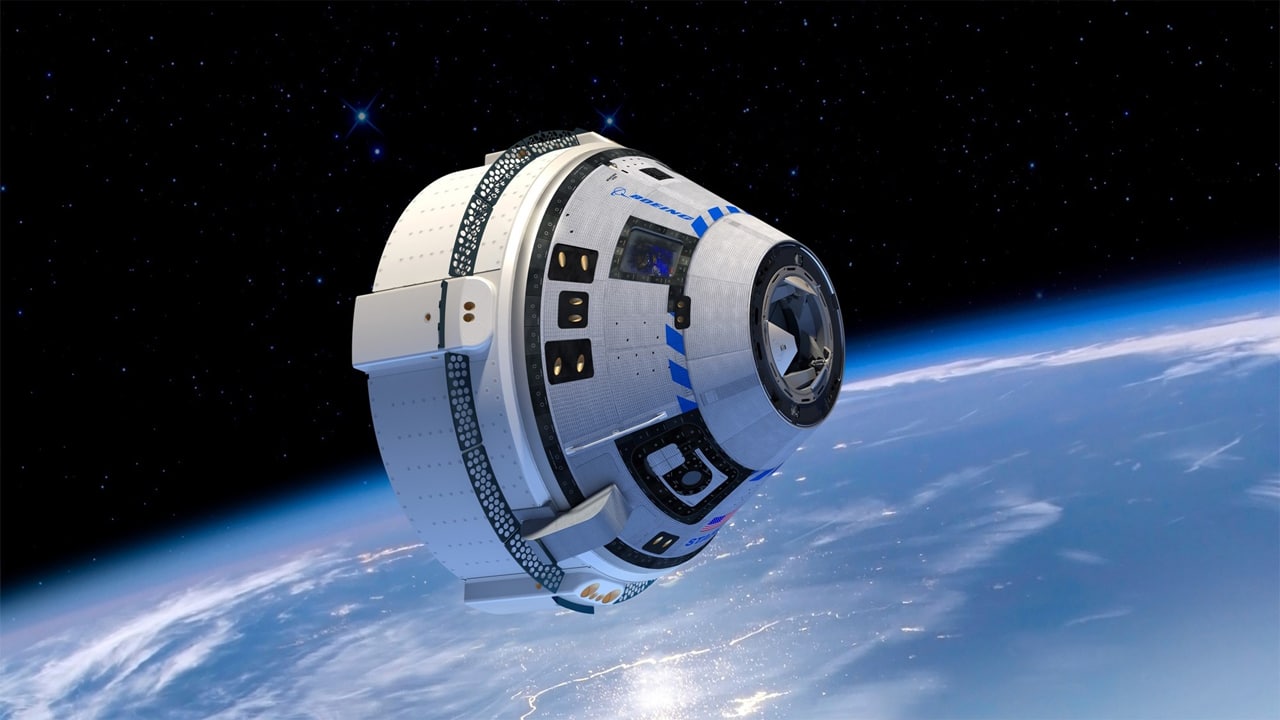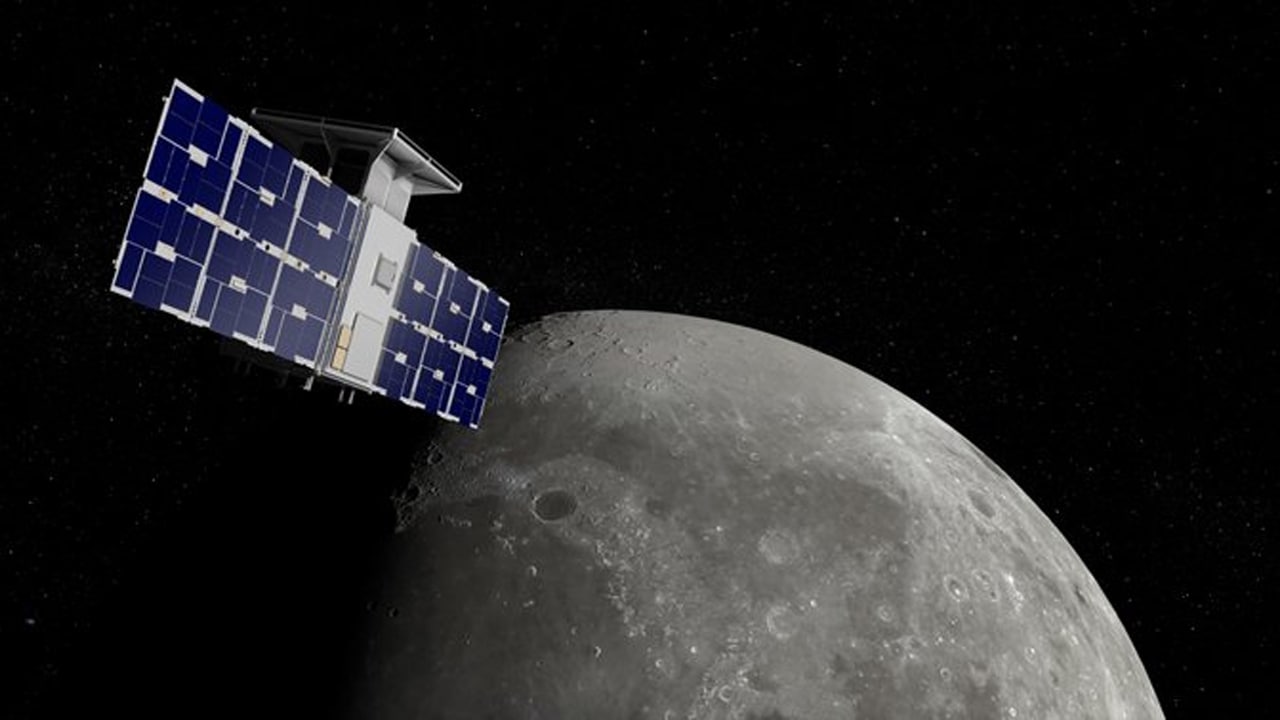According to the latest report, the United States Capstone cube satellite successfully out of Earth’s orbit and began to fly to the moon. It’s also part of NASA’s astronaut program to land on the moon.
The Capstone cubesat, the size of a microwave oven, was launched from New Zealand’s Mahia Peninsula six days ago on Rocket Lab’s Electron rocket. With so little fuel used in the cruise, the satellite will take another four months to reach lunar orbit.
JOIN US ON TELEGRAM
Rocket Lab founder Peter Beck said in an interview that his excitement was beyond words. “It can take a while to understand. This project took us two and a half years before and after, and it was very, very difficult to execute.” “So, seeing this all come together tonight, seeing the spacecraft headed to the moon, it’s very, very difficult.” Absolutely stunning.”
 The relatively low-cost mission, which NASA estimates at $32.7 million, marks the beginning of a new era of space exploration, Baker said. “It’s now possible to build rockets and spacecraft that can reach the moon, asteroids, even Venus and Mars, for tens of millions of dollars,” Baker said. “It’s a crazy capability that has never been seen before.”
The relatively low-cost mission, which NASA estimates at $32.7 million, marks the beginning of a new era of space exploration, Baker said. “It’s now possible to build rockets and spacecraft that can reach the moon, asteroids, even Venus and Mars, for tens of millions of dollars,” Baker said. “It’s a crazy capability that has never been seen before.”
If the rest of the mission is successful, the Capstone cubesat will send vital information back to Earth over the next few months, becoming the first satellite to orbit the moon in a new orbit. This orbit called a “near rectilinear halo orbit” (NRHO), looks like a stretched egg shape, with one end of the orbit near the moon and the other farther away.
NASA plans to put a space station called “Moongate” into such an orbit as part of the Artemis lunar landing program, allowing astronauts to reach the lunar surface from the space station. The advantage of the new orbit, Baker said, is to minimize fuel usage and allow a satellite or space station to remain in constant contact with Earth.
On June 28, Rocket Lab’s Electron rocket lifted off from New Zealand with a spacecraft called the Photon and separated from each other nine minutes later. The “Photon” spacecraft carried the Capstone cubesat for six days, during which the spacecraft’s engines fired regularly and orbited farther and farther from Earth.
On Monday, the last engine of the “Photon” spacecraft ignited, and the spacecraft as a whole escaped the earth’s gravity and sent the satellite into orbit to the moon. Rocket Lab’s current plan is for the 25-kilogram Capstone cubesat to fly over the moon first and return to its new lunar orbit on November 13. During the flight, the Capstone CubeSat will use a small amount of fuel to make corrections to its orbit.
Baker said they will decide in the next few days what to do with the Photon spacecraft. It has completed its mission and still has a little fuel. “We can do a lot of really cool things with it,” Baker said. The mission is a partnership between NASA and California-based Rocket Lab and Colorado-based Advanced Space, which owns and operates the Capstone CubeSat.









